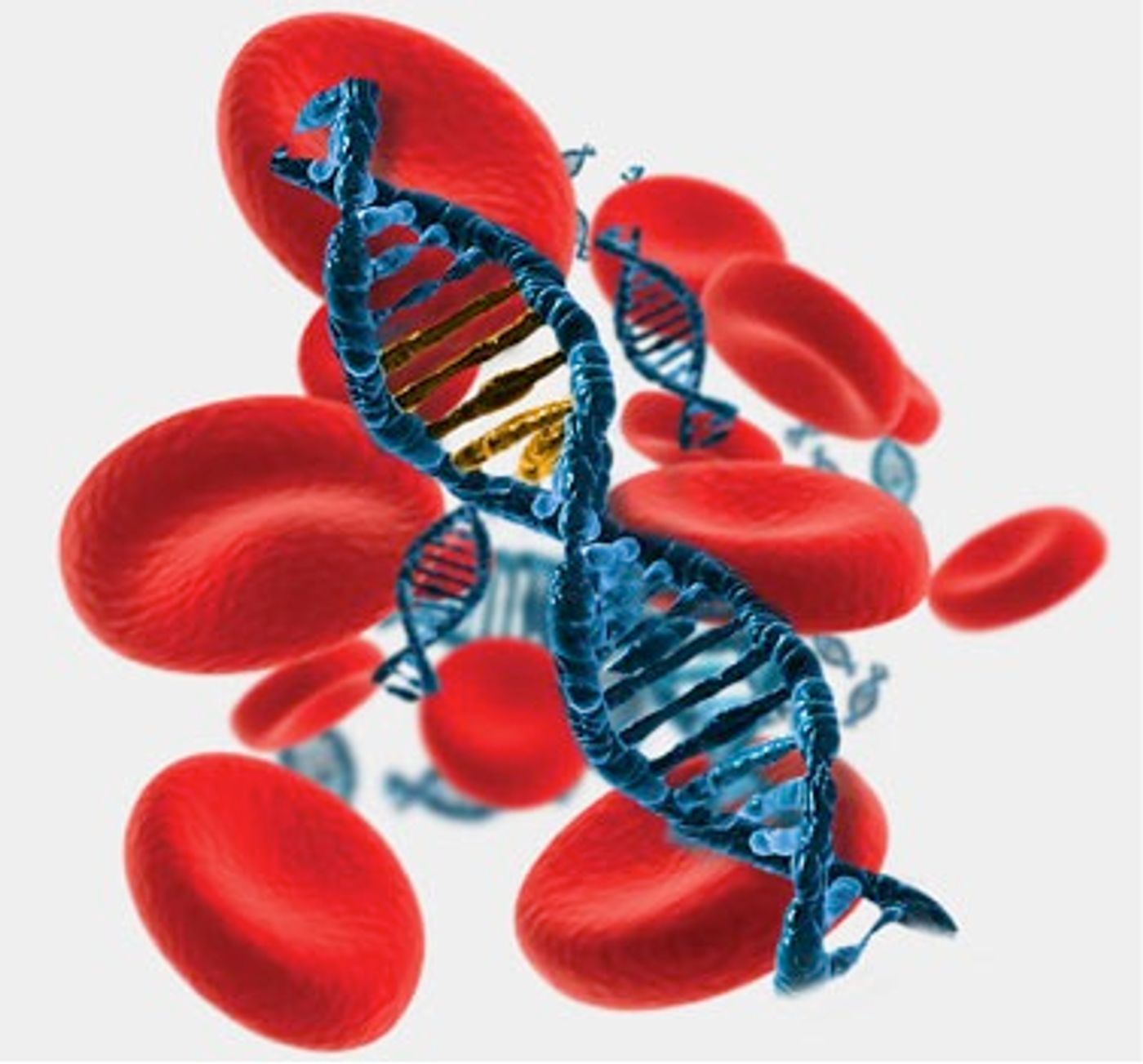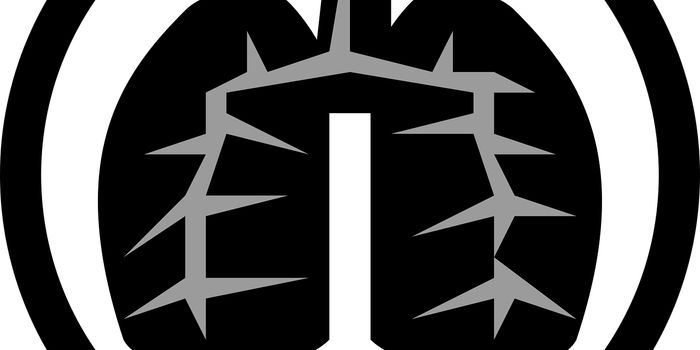
To confirm the presence of cancerous tissues, doctors often have to rely on biopsies, which can be painful and highly invasive. Liquid biopsies are the less invasive way to detect presence of cancer from tumor DNA shed in the blood. Though innovative, liquid biopsies have been criticized for their limited power of detection and accuracy issues. However, researchers from Stanford University found a new approach to boost the sensitivity of liquid biopsies while reducing false positive errors. Such improvements could improve outcomes for cancer patient, especially those in whom traditional biopsies are too risky or unsuccessful.
"
Our technique is a significant advance over prior bar-coding methods because it eliminates more false positives without sacrificing true positives" said Alizadeh. "By tagging DNA molecules at the top of the food chain, so to speak, we can keep track of which molecules have been faithfully reproduced during the sequencing process and which have accumulated errors that were not present in a patient's tumor or bloodstream."
Circulating tumor DNA (ctDNA), also known as cell-free tumor DNA, is genetic material that’s freely floating in the bloodstream of cancer patients. The source of ctDNA is the tumor, where dead tumor cells break open and release the tumor DNA into the patient’s blood. As such, ctDNA represents a non-invasive cancer biomarker that can indicate the presence of disease.
Healthy cells, which are more numerous by comparison, also die and release their own DNA into the blood. As such, diagnostic tests must be able to distinguish these so-called “genetic messages in a bottle” that derived from healthy cells and those from tumor cells. The odds of picking up ctDNA in blood can range from 1 in 1,000 to 1 in 1 million, thus diagnostic tests have to be highly sensitive in order to avoid false negative results.
Moreover, ctDNA fragments that are picked up need to be amplified and sequenced. This process is notorious for introducing errors into the sequence, which then may be interpreted as mutations in the ctDNA, a common source of false positive results.
To increase sensitivity and reduce sequencing errors, the research team, led by Maximilian Diehn and Ash Alizadeh, engineered a two-prong approach. They first developed a bar-coding system, whereby they uniquely tagged the original circulating DNA molecules in the blood, before amplification. Once amplified, the researchers can compare the newly synthesized strand to the original one and know with certainty which mutations are real and which are due to sample processing. Another advantage of bar-coding is the minimization of molecules lost during the process, which increases their chances of capturing ctDNA in a sea of normal DNA fragments.
Next, the team added the second step, which they called “background polishing,” which is an algorithm designed to flag regions more likely to experience sequencing errors. "We discovered that certain sets of sequencing errors are much more likely to occur at specific places in our DNA molecules, even in healthy subjects," said Aaron Newman, first study author.
The team referred to their two-step approach as the "integrated digital error suppression" or iDES. And they reported this method increased the sensitivity of liquid biopsy by about 15 times, compared to their previous diagnostic development (CAPP-Seq). More specifically, iDES liquid biopsy can detect 1 or 2 ctDNA fragments in a sea of 400,000 normal DNA fragments.
"Now we can detect even more sensitively the presence of specific mutations in the cancer DNA that could help drive treatment choices or detect the presence of residual cancer," said Maximilian Diehn, an assistant professor of radiation oncology, the CRK Faculty Scholar, and co-senior study author. "We're getting closer to greatly reducing the need for invasive biopsies to identify tumor mutations or track response to therapies."
Additional source:
MNT










